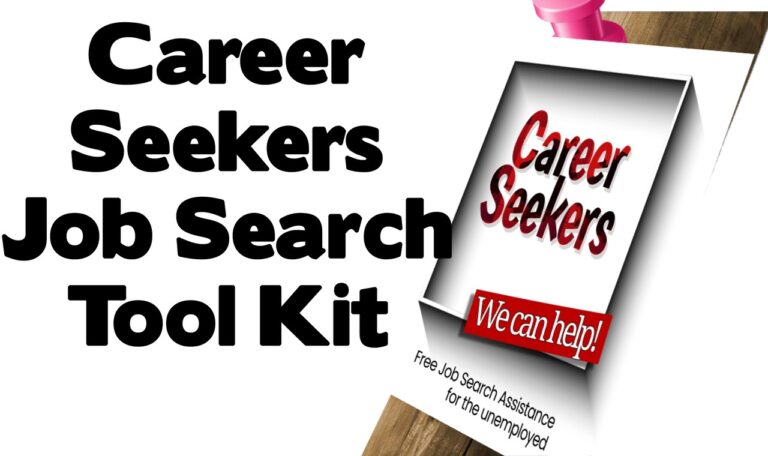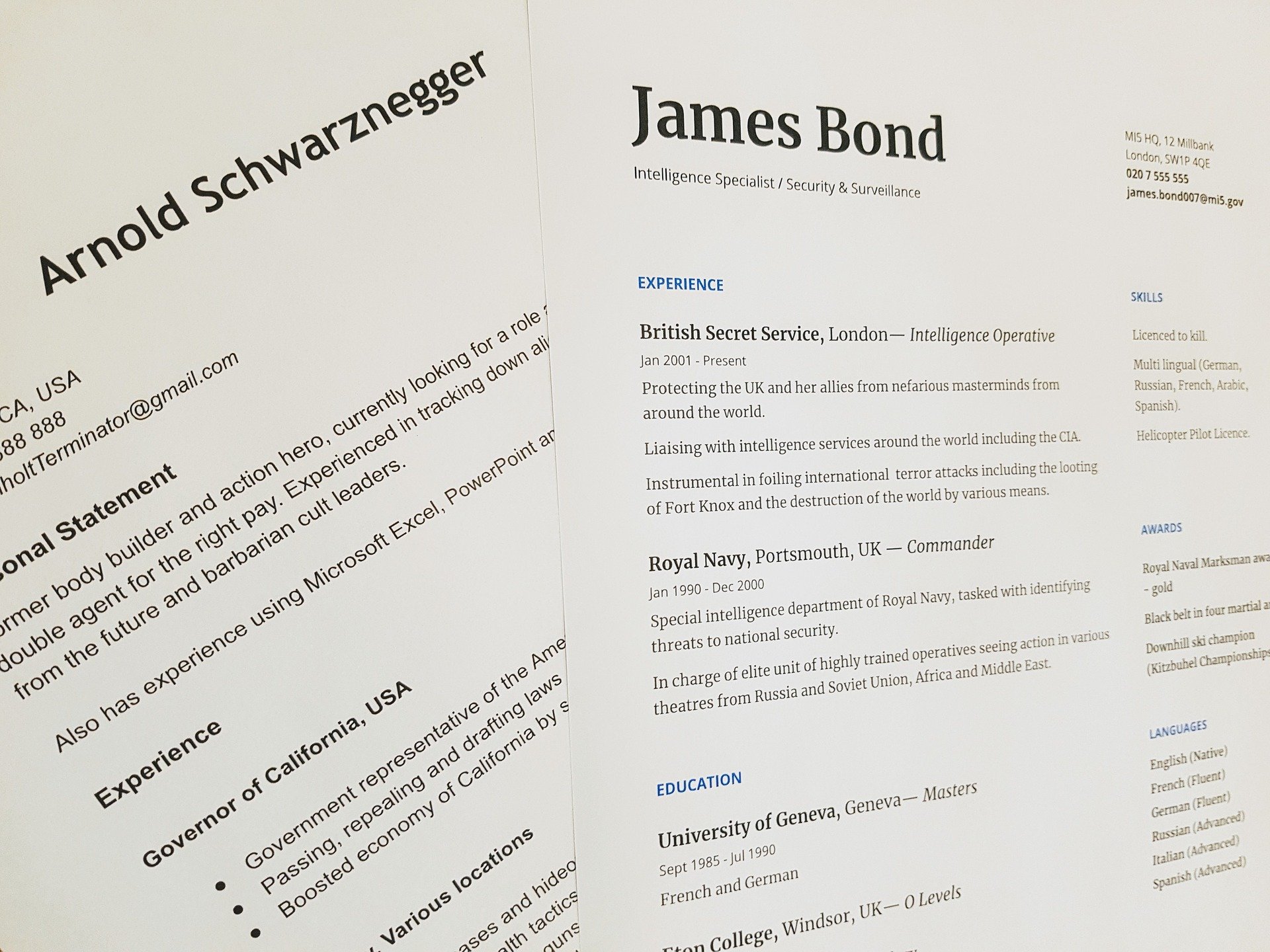The ATS is there to filter out all but the best candidates
Applicant tracking system software provides recruiting and hiring tools for business. Among other functions, these systems collect and sort thousands of resumes. When you look for a job online, your resume is not usually going straight to a recruiter or hiring manager. It is first being processed by an applicant tracking system (ATS). Whether that human recruiter ever sees your resume might depend upon how well your resume is optimized for the ATS algorithms. There are dozens of different ATS software programs, each with their own functions, strengths, weaknesses, and quirks.
Because applying for a job online is easier than ever, many applicants are unqualified and decided to apply anyways, “it is worth a shot.” Applicant tracking systems keep all these resumes in one place, assisting employers and hiring managers in keeping them sorted as well as staying in compliance with the EEOC. In theory, these systems also save time by instantly showing and highlighting the leading candidates.
Some candidate tracking systems can instantly compare your resume to the job description. For instance, Taleo calls this function “Req Rank,” which ranks each applicant based upon how well their resume scores based on the job description. Instead of examining each application, the recruiter can focus directly on prospects the ATS has identified as a terrific match. A common way employers filter resumes in an applicant tracking system is by looking for essential skills and job titles. For example, if an employer is hiring for an Administrative Assistant position out of 400 resumes, their initial step will most likely be a search for “Administrative Assistant.” This will separate candidates that have done the specific job before.
A search can consist of multiple terms. For example, they might perform an intricate search which contains a combination of titles and skills essential for the job: Administrative Assistant AND data entry AND payroll Prospects who can forecast the right resume keywords will have the biggest chance of being consisted of in employer search results page
Sometimes, an ATS scanning for keywords will just recognize and count specific matches. So if you have the appropriate experience, but you described it utilizing language that’s different than what the system is trying to find, you may not come up as one of the most qualified candidates.
Some ATS parse the file into a digital profile to make things uniform and searchable. Lots of ATS parsing algorithms are obsolete and unintelligent, causing your resume information to get distorted or lost. This means important keywords or details may not be imported. Imagine your essential credentials slipping through the cracks! Modern ATS are beginning to avoid this practice, but some popular systems like iCIMS (used by Amazon, General Mills, Comcast) still do it.
Without a significant change in how these companies hire, though, the onus of fixing it lies with the job applicant: How do you change your resume so applicant tracking software will not sort you out?





